Electrostriction enhanced by interfaces in multi-layer structure.
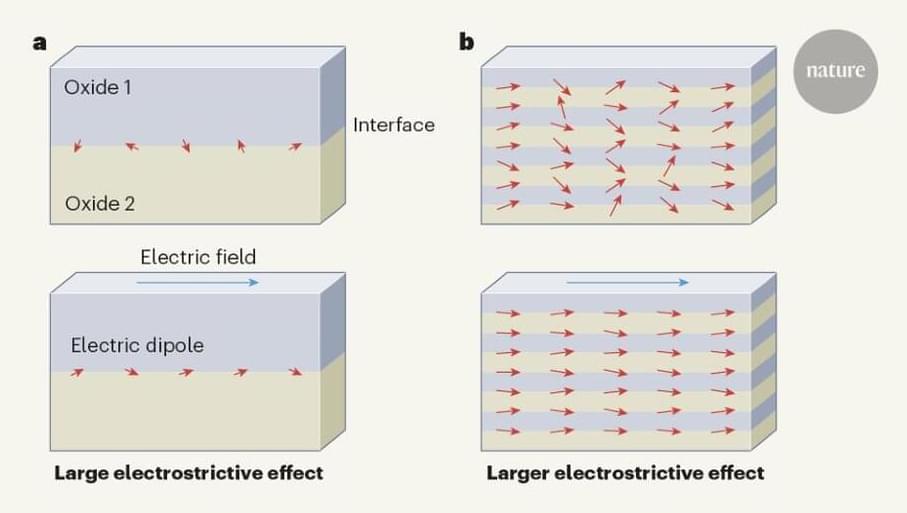

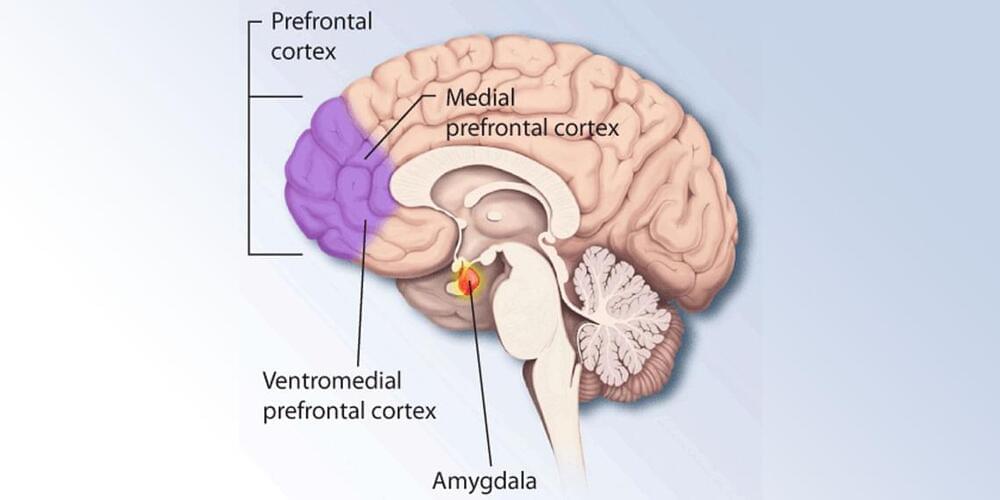
Strenuous cognitive work leads to an accumulation of glutamate in the prefrontal cortex, according to new research published in the journal Current Biology. The new findings suggest that mental fatigue is a neuropsychological mechanism that helps to avert the build up of potentially toxic byproducts of prolonged cognitive activity.
“Nobody knows what mental fatigue is, how it is generated and why we feel it,” said study author Antonius Wiehler, a member of the Motivation, Brain and Behavior Lab at Pitié Salpêtrière Hospital in Paris. “It has remained a mystery despite more than a century of scientific research. Machines can do cognitive tasks continuously without fatigue, the brain is different and we wanted to understand how and why. Mental fatigue has important consequences: for economic decisions, for management at work, for education at school, for clinical cure, etc.”
The researchers were particularly interested in the role of glutamate, an excitatory neurotransmitter that is involved in a variety of cognitive functions, including learning and memory. In addition, glutamate plays a role in controlling the strength of synaptic connections. Too much or too little glutamate can lead to neuronal dysfunction, so it is critical that this neurotransmitter is tightly regulated.
An MIT professor who studies quantum computing is sharing a $3 million Breakthrough Prize.
MIT math professor Peter Shor shared in the Breakthrough Prize in Fundamental Physics with three other researchers, David Deutsch at the University of Oxford, Charles Bennett at IBM Research, and Gilles Brassard at the University of Montreal. All of them are “pioneers in the field of quantum information,” the prize foundation said in a statement.
The 2023 Breakthrough Prizes are intended to honor fundamental discoveries in life sciences, physics, and math that are changing the world.
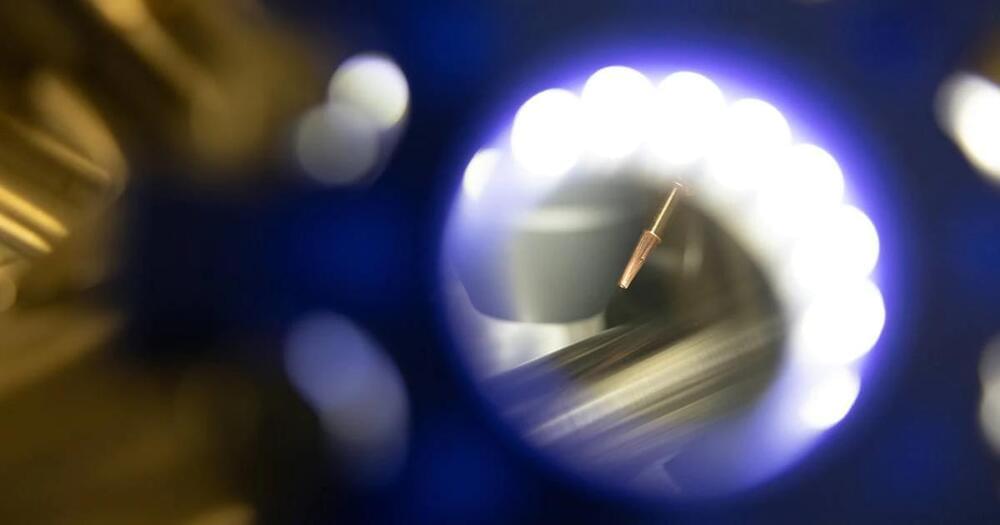
Imagine a world where super-strong, super-light, flexible, durable new materials, which don’t exist in nature could be made to order. New breakthroughs in the understanding of “spin”, a characteristic of subatomic particles — like mass and charge — mean we are on the brink of such a revolution.
“The ability to control spin, one of the fundamental properties of particles, is crucial to us being able to design advanced new materials that will change the world,” says Prof Alessandro Lunghi, a physicist at Trinity College Dublin, who heads up a team investigating the phenomenon.
The scientific concepts of particle mass and charge are widely understood and known, but the third property of particles — that of spin — remains mysterious to most. It’s a concept that even many scientists struggle to understand.
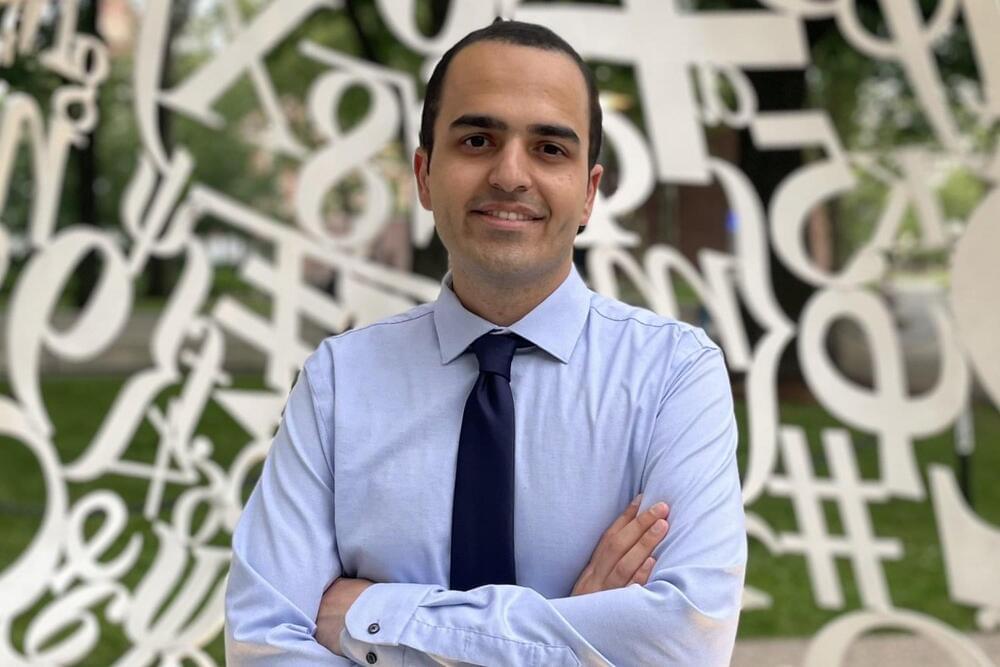
When Mohammad Javad Khojasteh arrived at MIT’s Laboratory for Information and Decision Systems (LIDS) in 2020 to begin his postdoc appointment, he was introduced to an entirely new universe. The domain he knew best could be explained by “classical” physics that predicts the behavior of ordinary objects with near-perfect accuracy (think Newton’s three laws of motion). But this new universe was governed by bizarre laws that can produce unpredictable results while operating at scales typically smaller than an atom.
“The rules of quantum mechanics are counterintuitive and seem very strange when you first start to learn them,” Khojasteh says. “But the more you know, the clearer it becomes that the underlying logic is extremely elegant.”
As a member of Professor Moe Win’s lab, called the Wireless Information and Network Sciences Laboratory, or WINS Lab, Khojasteh’s job is to straddle both the classical and quantum realms, in order to improve state-of-the-art communication, sensing, and computational capabilities.
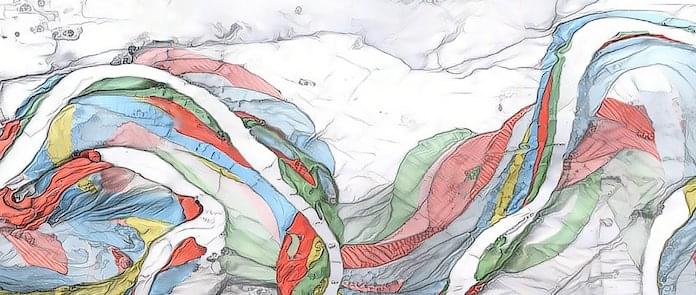
There is a lot of culture and philosophy built into the Big Bang theory as we understand it.
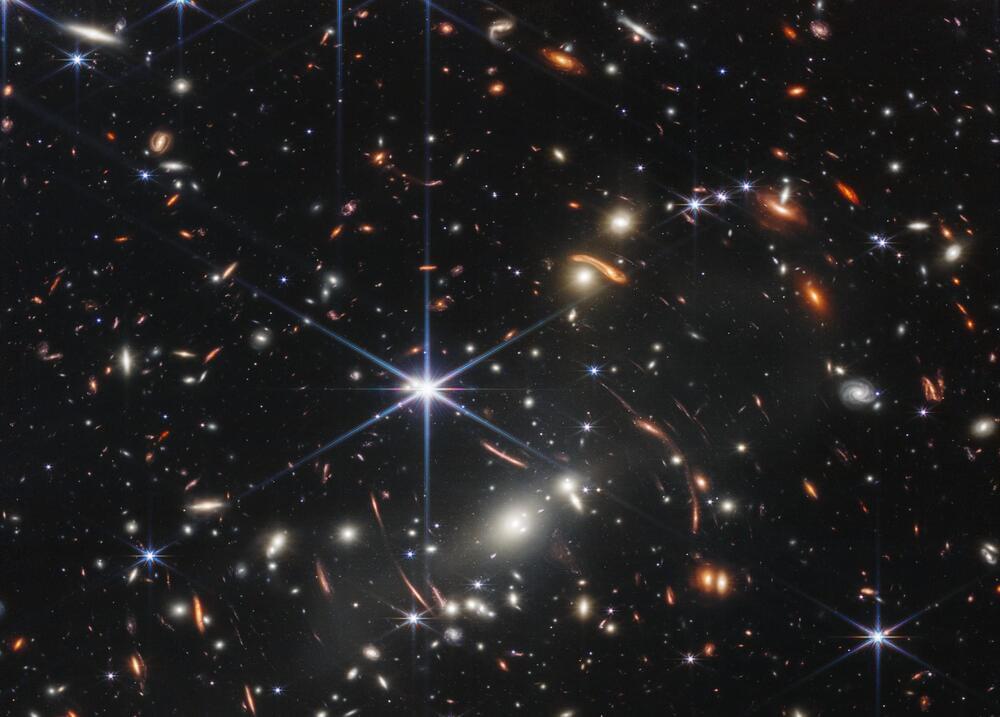
Anyone who’s looked into high-voltage experiments is likely familiar with ion lifters — spindly contraptions made of wire and aluminum foil that are able to float above the workbench on a column of ionized air. It’s an impressive trick that’s been around since the 1950s, but the concept has yet to show any practical application as the thrust generated isn’t nearly enough to lift a more substantial vehicle.
It’s a bit early to suggest that [Jay Bowles] of Plasma Channel has finally found the solution to this fundamental shortcoming of electrostatic propulsion, but his recently completed multi-stage ion thruster certainly represents something of a generational leap for the technology. By combining multiple pairs of electrodes and experimentally determining the optimal values for their spacing and operational voltage, he’s been able to achieve a sustained exhaust velocity of 2.3 meters per second.
While most ion thrusters are lucky to get a piece of paper fluttering for their trouble, [Jay] demonstrates his creation blowing out candles at a distance of a meter or more. But perhaps the most impressive quality of this build is the sound — unlike most of the experimental ion thrusters we’ve seen, the air flowing through this contraption actually makes an audible roaring sound. When the 45 kilovolt supply voltage kicks in it sounds like a hair drier, except here there’s no moving parts involved.

Summary: Researchers have mapped four new areas of the human anterior prefrontal cortex that play critical roles in cognitive processing. Two of these newly mapped areas are larger in females than in males.
Source: Human Brain Project.
Researchers of the Human Brain Project (HBP) have mapped four new areas of the human anterior prefrontal cortex that plays a major role in cognitive functions. Two of the newly identified areas are relatively larger in females than in males.